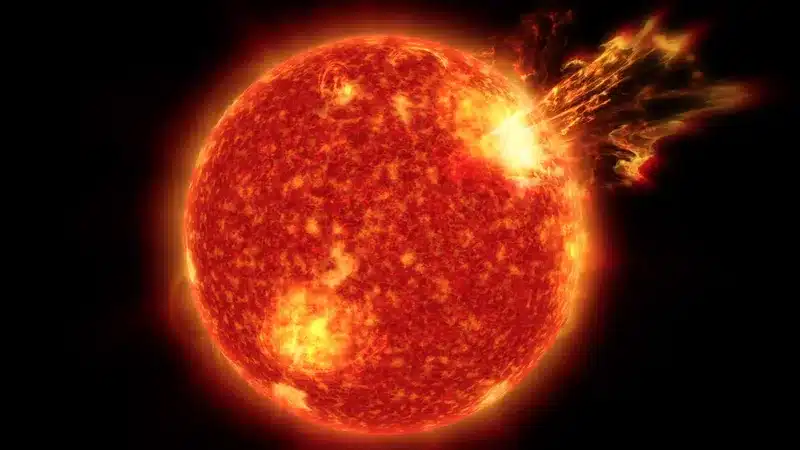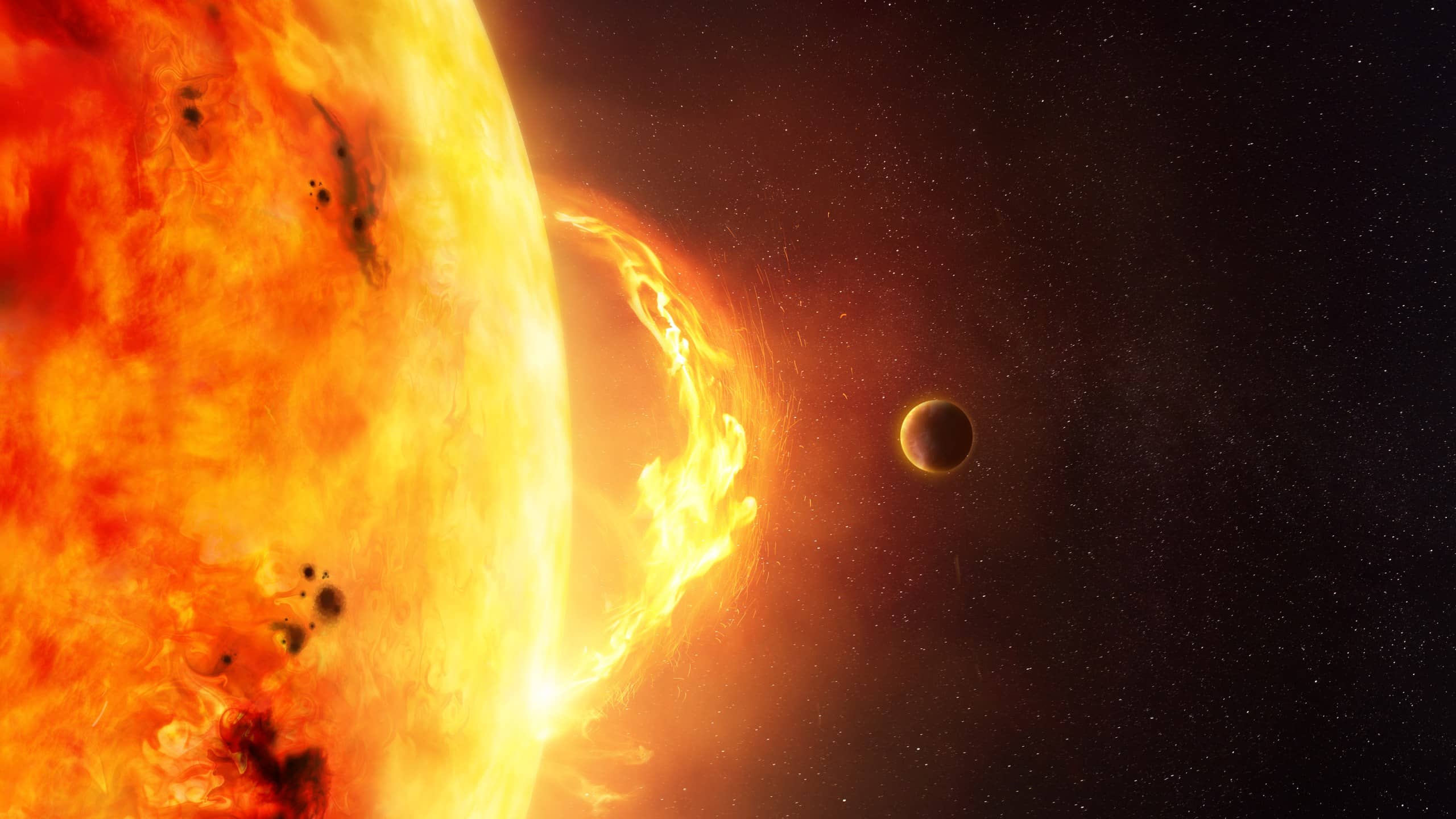Solar storms, astronomical phenomena of great importance, are becoming increasingly frequent. These events, characterized by increased solar activity, can have a significant impact on Earth. From 1859 (when a powerful geomagnetic storm caused fires at telegraph stations) to the recent rise of the Northern Lights, solar storms have been a topic of study and interest to both scientists and the public.
But what does this increase really mean? What are the effects on our planet and our technology?
The solar cycle: celestial rhythm
The Sun, the gigantic ball of fire that lights up our days, is not always the same. It goes through an approximately 11-year cycle of activity oscillating between solar minimum, a quiet period, and solar maximum, an effervescent period full of explosions, plasma releases and sunspots.
It's as if the Sun were a rock guitarist, and now he was approaching one of his wild "solos".
Solar storms can be fascinating to observe, especially when they give us magnificent aurora borealis: unfortunately it's not just about that. Today, a geomagnetic storm like the one in 1859 could be an incredible disaster, but in any case it would not destroy our civilization.

Thank you, Magnetosphere
It is thanks to its protection that the effects of solar storms are less severe on us. Even the most severe solar radiation storm on the ladder of the NOAA Space Weather Scale it would only have a greater impact on astronauts. Sure, air travelers and people at higher latitudes may be more exposed to increased levels of radiation.
What about the most common solar storms? They have a cumulative occurrence of 50 days every solar cycle and have little or no effect on humans and satellites. They are caused by coronal mass ejections and solar flares, but only the most powerful (in the X class) can reach a level of gravity that puts them on the NOAA scale.
Most flares aren't dangerous to us, but they sure can wreak havoc on our technology. Even if they are not among the most powerful (those of class X), at best they can still cause small radio blackouts.
Activity peaks and solar storms: what consequences?
The most common effect of a spike in solar activity is the inability of satellites to communicate, certainly not the Apocalypse. And if we're happy with it, we simply get more auroras. Don't worry, for the sake of the catastrophists.
Solar storms are a fascinating and complex phenomenon that affects us all. It's not just about science: it's about understanding, curiosity and respect for the forces that shape our world. And, of course, it's also an opportunity to enjoy a truly amazing celestial spectacle.


